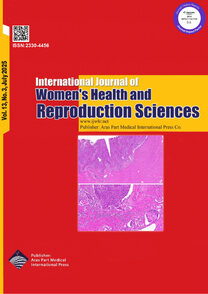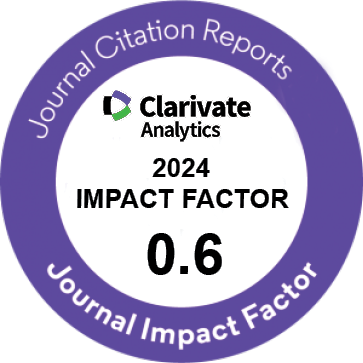| Original Article | |
| A Comparison of the Effective Factors of Preterm Birth Versus Low Birth Weight in Southern Iran Using Artificial Neural Network | |
| Saeedeh Pourahmad1, Esmael Hamdami1, Farideh Vaziri2, Khadijeh Bazrafshan3 | |
| 1Biostatistics Department, Medical School, Shiraz University of Medical Sciences, Shiraz, Iran 2Department of Midwifery, School of Nursing and Midwifery, Shiraz University of Medical Sciences, Shiraz, Iran 3Maternal-Fetal Research Center, Shiraz University of Medical Sciences, Shiraz, Iran |
|
|
IJWHR 2017; 5: 55-59 Viewed : 4394 times Downloaded : 4093 times. Keywords : Preterm birth, Low birth weight, Artificial neural network, Receiver operating characteristic |
|
| Full Text(PDF) | Related Articles | |
| Abstract | |
Objectives: Infants are one of the most vulnerable social groups whose mortality is considered as the development index of a community and family health status. Since preterm birth (PTB) and low birth weight (LBW) are two most important causes of death in infants and are affected by social and economic conditions and geographical living area, investigation of their important risk factors was the attempt in the present study. Materials and Methods: The variables during pregnancy of 1102 newly delivered mothers referred to Shiraz (southern Iran) University?s hospitals were gathered to analyze their effects on birth weight and gestational age of their infants. Artificial neural network (ANN) method was utilized to determine and rank the effective factors on PTB and LBW separately. The performance of ANN model was evaluated by sensitivity, specificity, accuracy and the area under the receiver operating characteristic (ROC) curve. In addition, the amount of increase of mean squared errors (MSEs) in the trained network was considered as the ranking criterion. Results: Some differences in effective factors of these two pregnancy outcomes appeared. The first three important risk factors were consumption of iron, abortion history and hyperthyroidism for PTB and gestational age, consumption of iron and number of pregnancies for LBW respectively. Conclusion: The results confirmed the proper performance of ANN method. PTB may be more dependent on the mothers? habits or internal factors while LBW depends on the mothers? history and external factors. |
Cite By, Google Scholar
Google Scholar
PubMed
Online Submission System
 IJWHR ENDNOTE ® Style
IJWHR ENDNOTE ® Style
 Tutorials
Tutorials
 Publication Charge
Women's Reproductive Health Research Center
About Journal
Publication Charge
Women's Reproductive Health Research Center
About Journal
Aras Part Medical International Press Editor-in-Chief
Arash Khaki
Mertihan Kurdoglu Deputy Editor
Zafer Akan























